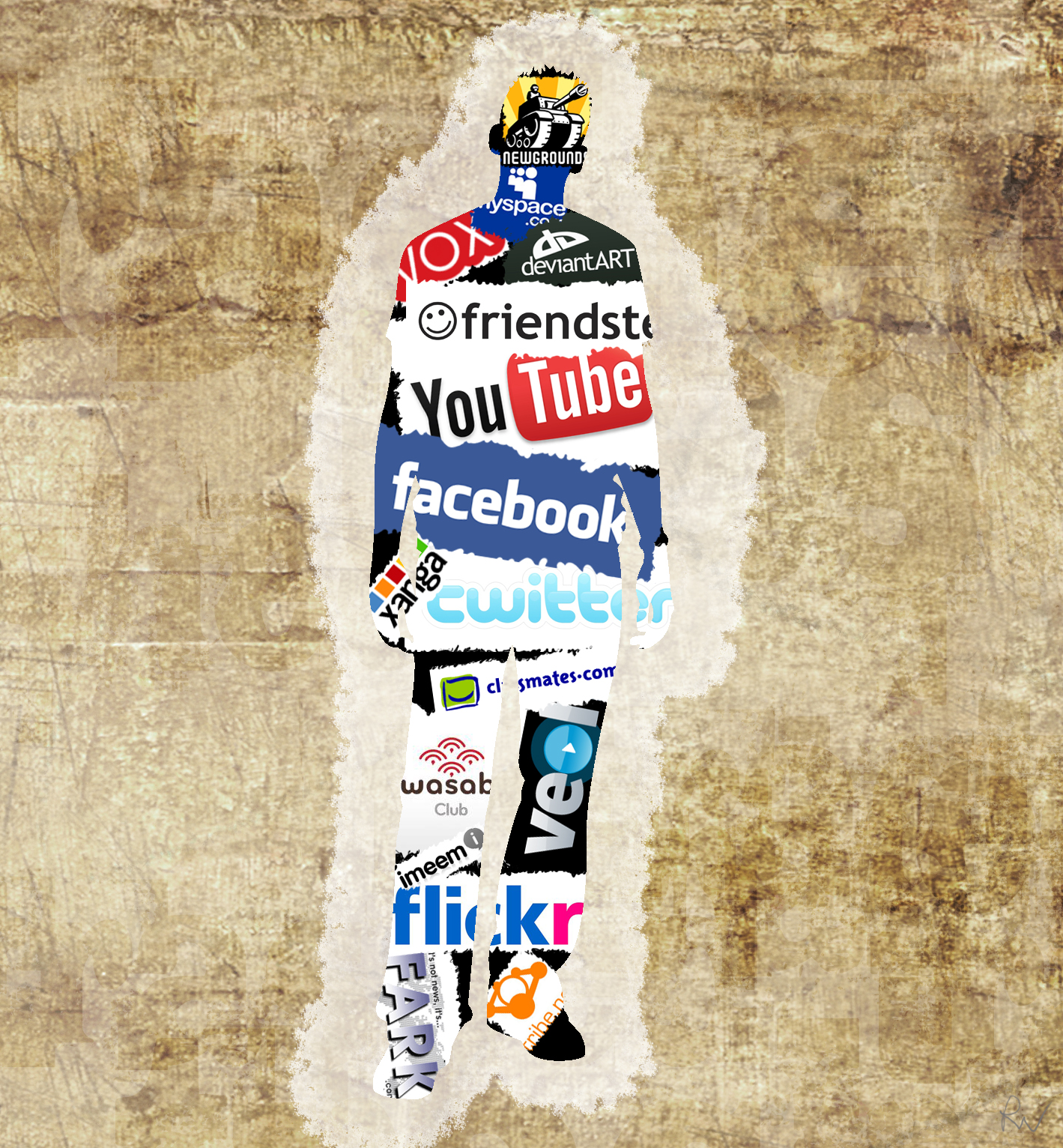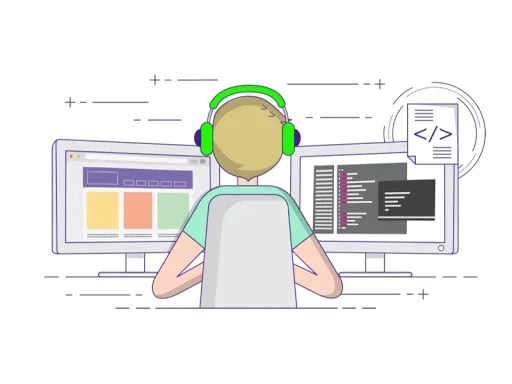It is the first time that I have had to identify my online identity and acknowledge it. My method of representing myself online is the same as my method in person, despite having not had to face this question before. Transparency is something I deeply believe in; what you see is what you get. When you are in college, you are supposed to be independent and independent in your thinking. However, when you share these thoughts with others through social media sites like Facebook, Twitter, and Instagram it can prove to be challenging. The shared opinions and ideals often offend people. During college, a student has the opportunity to establish a solid foundation for a professional career through academic achievements; however, online identities can have negative consequences. Heinrichs writes about being authentic when speaking to an audience and expressing your truth. Having the freedom to interact however you want, even when it is online, is challenging for me as an undergraduate. Even though I try to maintain my identity online, it is challenging.

Because my family didn’t have a computer in the house when I was a child, the only time I saw one was in elementary school computer class. After learning more about the internet and its dangers as I grew older, I started hearing about children being online predators and personal information being stolen. Myspace and Facebook became popular when I was in high school, however, my mother forbade me from having an online profile until I was in my junior year. As I became a young adult, and began college, I began to build my online profile more. My college experience gave me complete access to a computer and a smart phone with apps, which allowed me to access social networking sites across a multitude of platforms. My first reason for signing up for a Facebook account was to stay connected with friends, family, and coworkers. After that, for this class, I created a Twitter account because it was a convenient and quick way to share thoughts with others and use hashtags to connect with others. To share and learn about other people’s ideas and inventions, I created a YouTube channel and a Pinterest page so that I could also share my love of music, fashion, cooking, hair, and make-up. Even later, looking back, the things I posted and shared don’t make any sense. Social media wasn’t being used as intended by me, and I found myself in a place where I wish I hadn’t connected with the internet in the first place. After receiving messages from people on social media, I began to interact with them. That’s not a bad thing, is it? No, it’s not. As a result of some of these conversations, I became close friends with some really incredible people.

Digital Identity and Citizenship Connection
My academic persona and online identity are more different than similar, I notice. My online sharing of ideas was a reflection of discussions I would have with my peers and even mentors. People can interpret things differently whether in person or online, which makes it hard at times to convey your message. We believe that everything should be perceived the same whether in person or online. Some differences arose because of things I heard or saw in the past that made me hesitant to share too much personal information. Sharing information about things I would rarely discuss with others was unusual for me. Throughout many of my social media sites, I was associated with people who shared private and sacred information for me to see. I came to believe this because people were sharing so much about me. Honestly, I believe you shouldn’t share everything you have to deal with everyone because not everyone cares to hear about your success or failures. I feared that if I shared too much information on my social media, they would not take me seriously as a scholar since I shared so much information with them.
Digital citizenship and the shared commons were discussed on the topic of digital identity, while acknowledging that citizenship poses a number of issues relating to borders, empire, and power. Essentially, digital identity and citizenship go hand-in-hand, because as we become identities together, we shape the space we all live in. However. As far as I am concerned – and I still think I was right about this – the other side of the argument did indeed blindside me. I hadn’t fully recognized how digital identity contradicts the notion of cooperation and collaboration, two aspects of digital citizenship I needed to understand before standing in front of the keynote audience.


